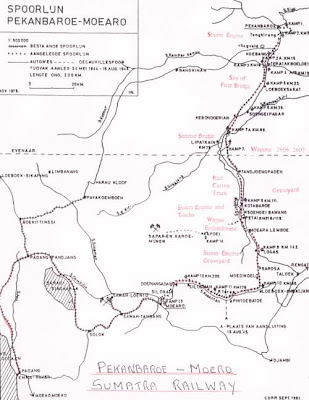Malaysian Interlude: Preserved Engines at the Muzium Negara, Kuala Lumpur

Three locomotives (two steam and one diesel) are displayed on plinths on the grounds of the Muzium Negara in Kuala Lumpur. L class 4-6-2 Pacific, manufactured by Kitson and Co. , England (1921). I like plants, but in this case think it would be better to remove the potted plants T class 0-6-2 tank, built by Bagnall Ltd. , England (1929). These were the first British engines to have steel fireboxes. Used for dock services in Singapore and Port Kelang till 1964. 22 class Co-Co Diesel electric locomotive “Seri Menanti”, built by English Electric (1971). These engines were part of the “dieselisation” programme to replace steam traction. These engines mainly hauled freight trains.



